When you have horses, mud can feel like a fact of life—during wintertime, especially.
The ground freezes, then thaws, freezes, then thaws, and this never-ending cycle keeps your paddock in a near-constant state of muddiness.
Though some moisture is good for your horse’s hooves, standing around in mud and muck for long periods of time can wreak havoc, causing thrush and even scratches. Though we can’t stop the rain, snow, or frost from coming, a little innovation can keep our horse paddocks drier.
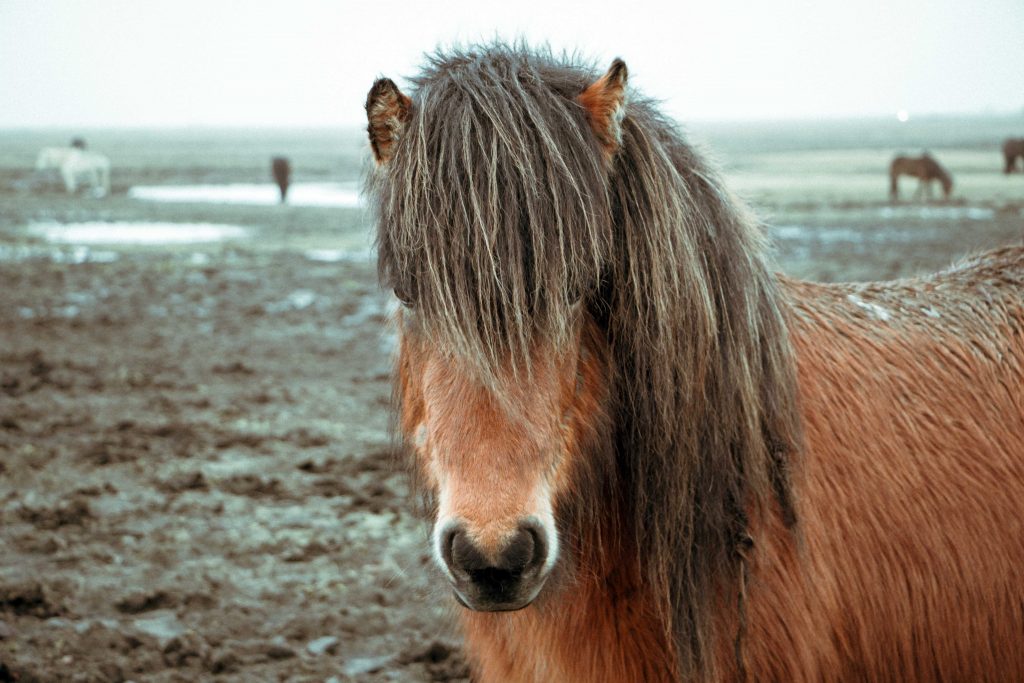
Here are a few tips:
Create a drainage system. To allow water to run off, a one or two-percent slope is needed. This can easily be achieved with a box blade and tractor. Creating a shallow ditch or adding a French drain can also help with water runoff in your paddock or pasture.
Install rain gutters and downspouts on your barn. This will help direct water away from your paddocks and can drastically reduce the amount of mud around your barn.
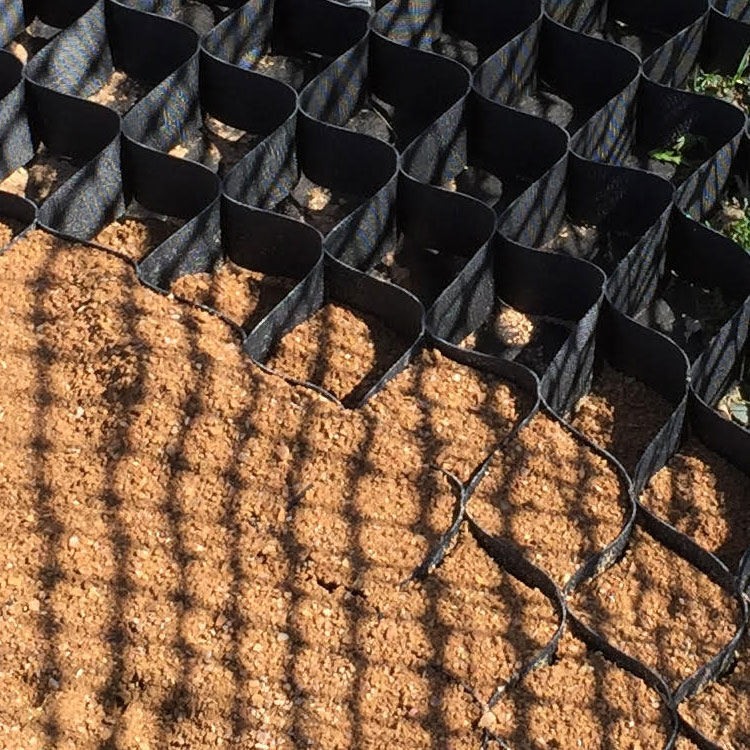
Add Angular Rock. If you have a small paddock, you may be able to fill it entirely with this type of footing, but in larger paddocks, you can use it in high-traffic areas. If you’re concerned about the rock washing away, try using RAMM’s Mud Management panels. These panels will help keep your new footing in place, and due to their unique flexibility, the panels are easy to install and conform to uneven or oddly shaped areas.

Likewise, Stall Grids are not only helpful in the barn, but can also be used around horse walkers, paddocks, rounds pens, or other high-traffic areas.
- Place bridges over low-lying areas. This can help prevent human traffic from creating muddy areas between paddocks or in ditches near the barn.
- Move hay feeders periodically. This way, horses won’t have to stand in one muddy area to eat.
- Plant horse-safe trees and shrubs around your paddock. This will reduce the amount of standing water and keep the area drier.
- What techniques have you tried in order to manage mud? Feel free to share in the comments section below!

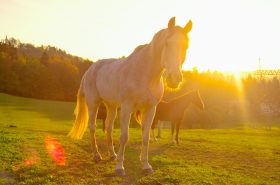
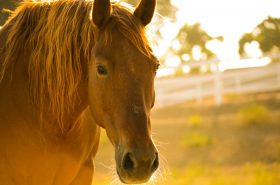
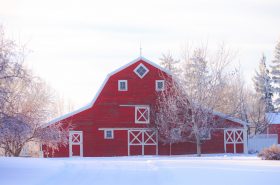
Performance Footing
For most arenas, topsoil, footing, and base layers all become compacted over time. This is because the more often the area is used, experiences difficult weather, and simply ages over time, the more different layers of your arena bleed into one another. This makes all layers less effective.